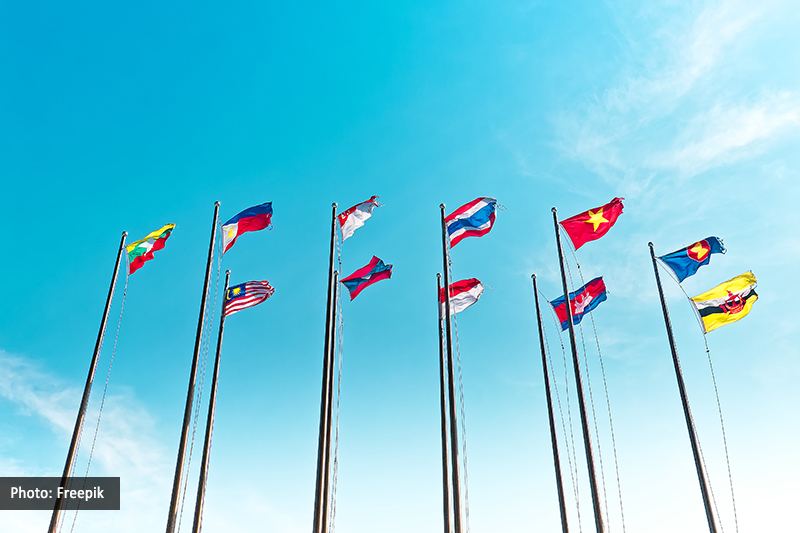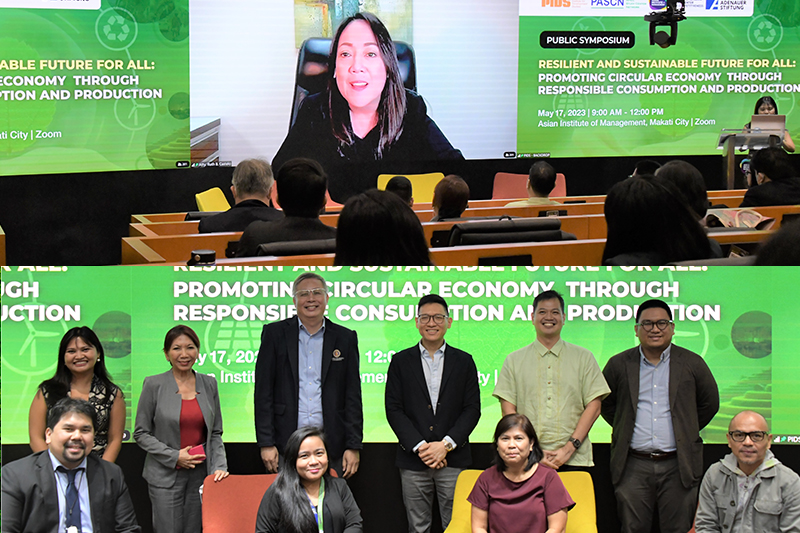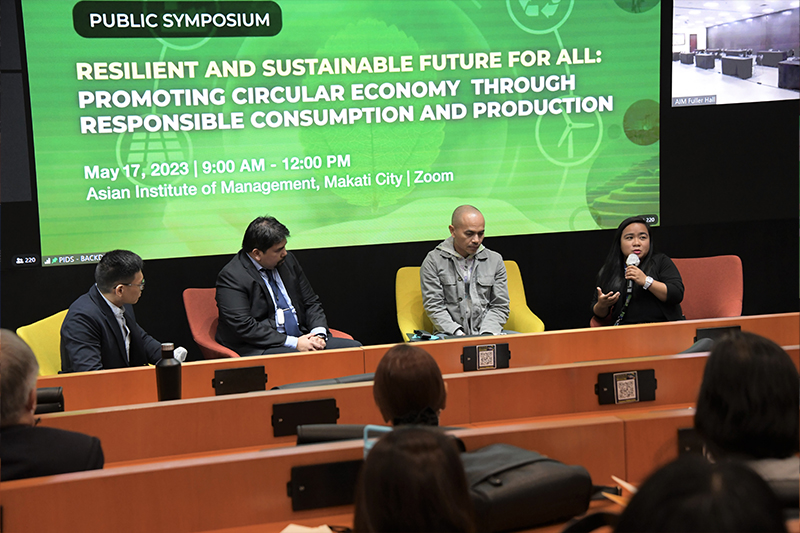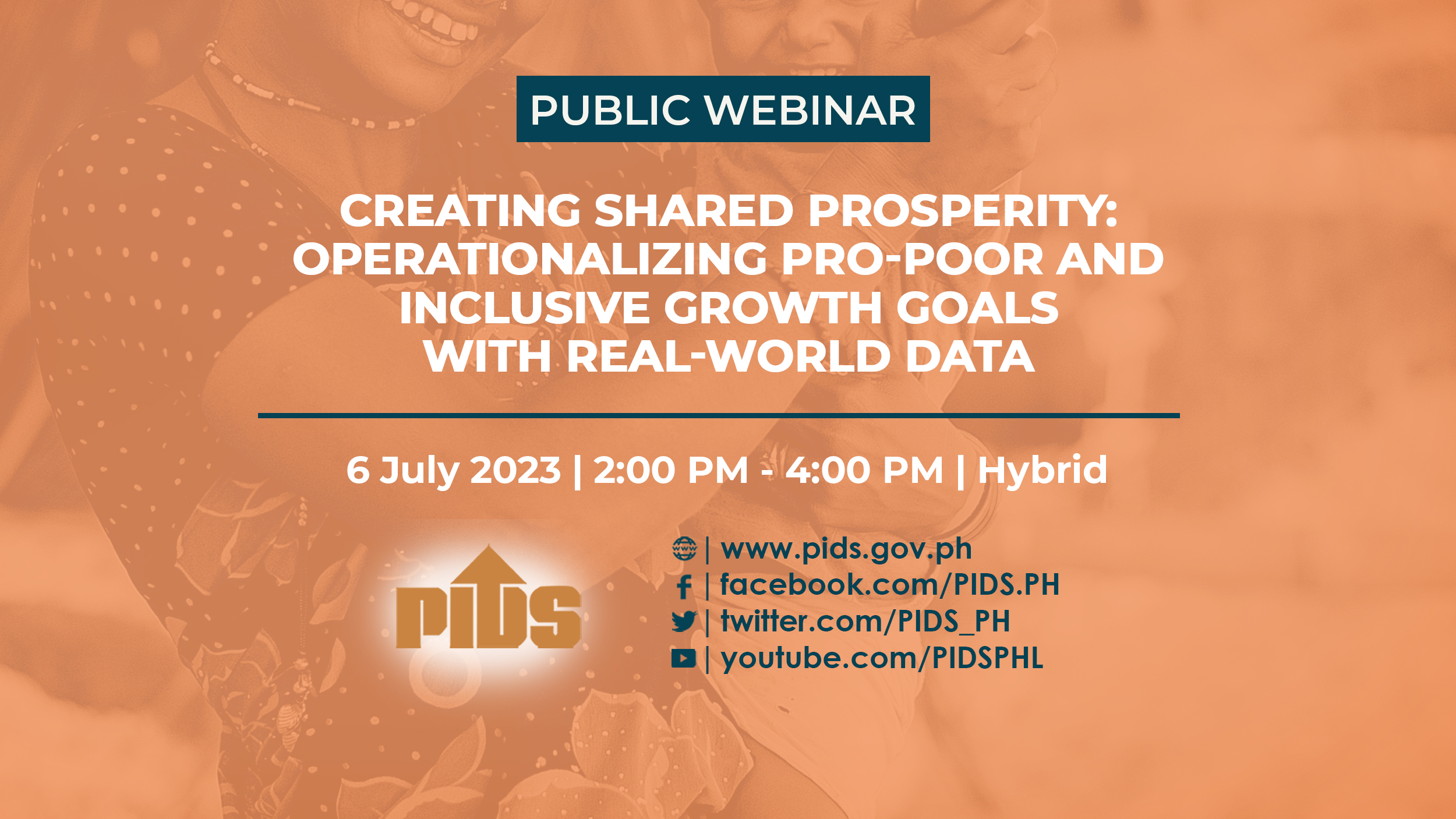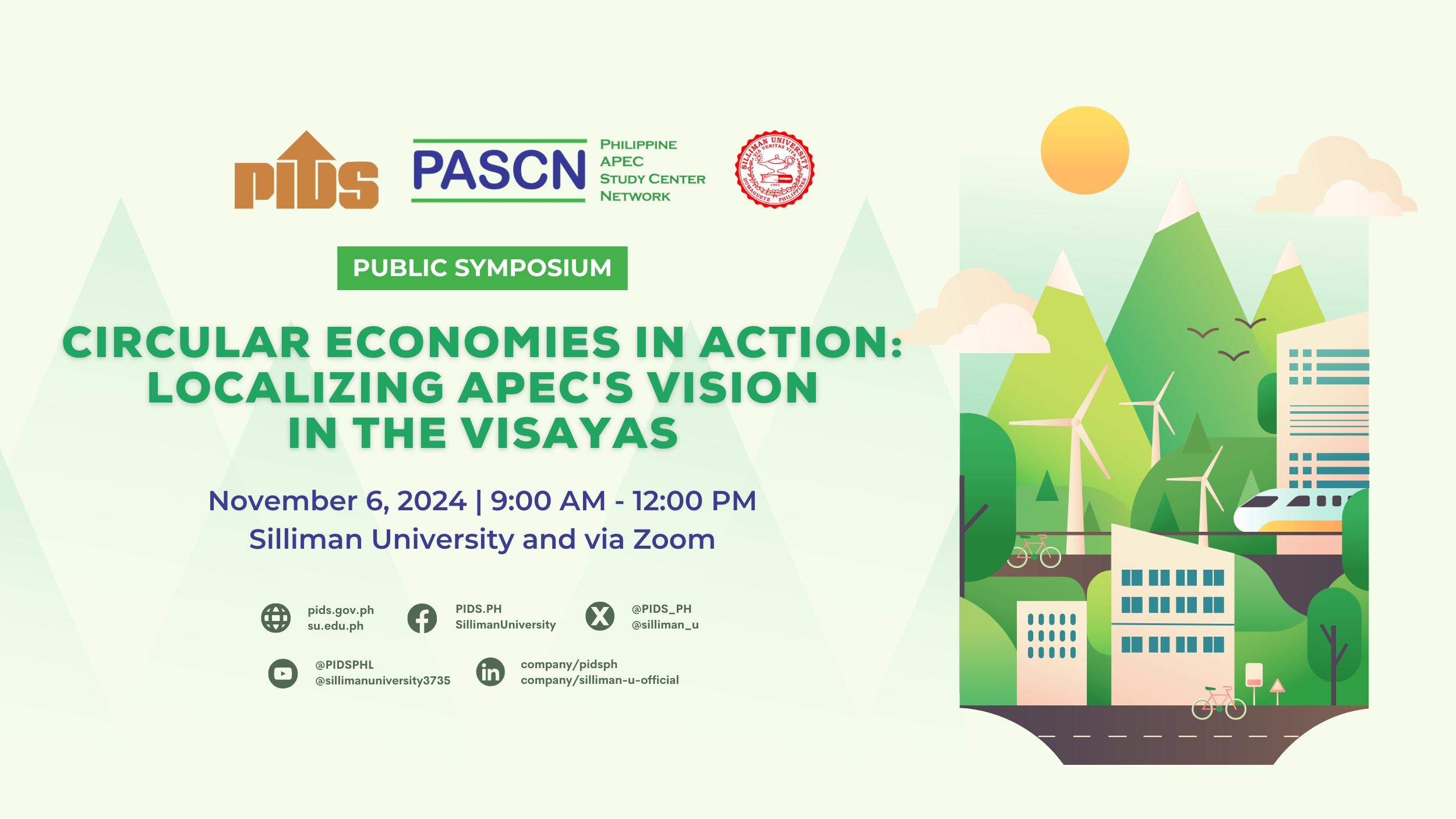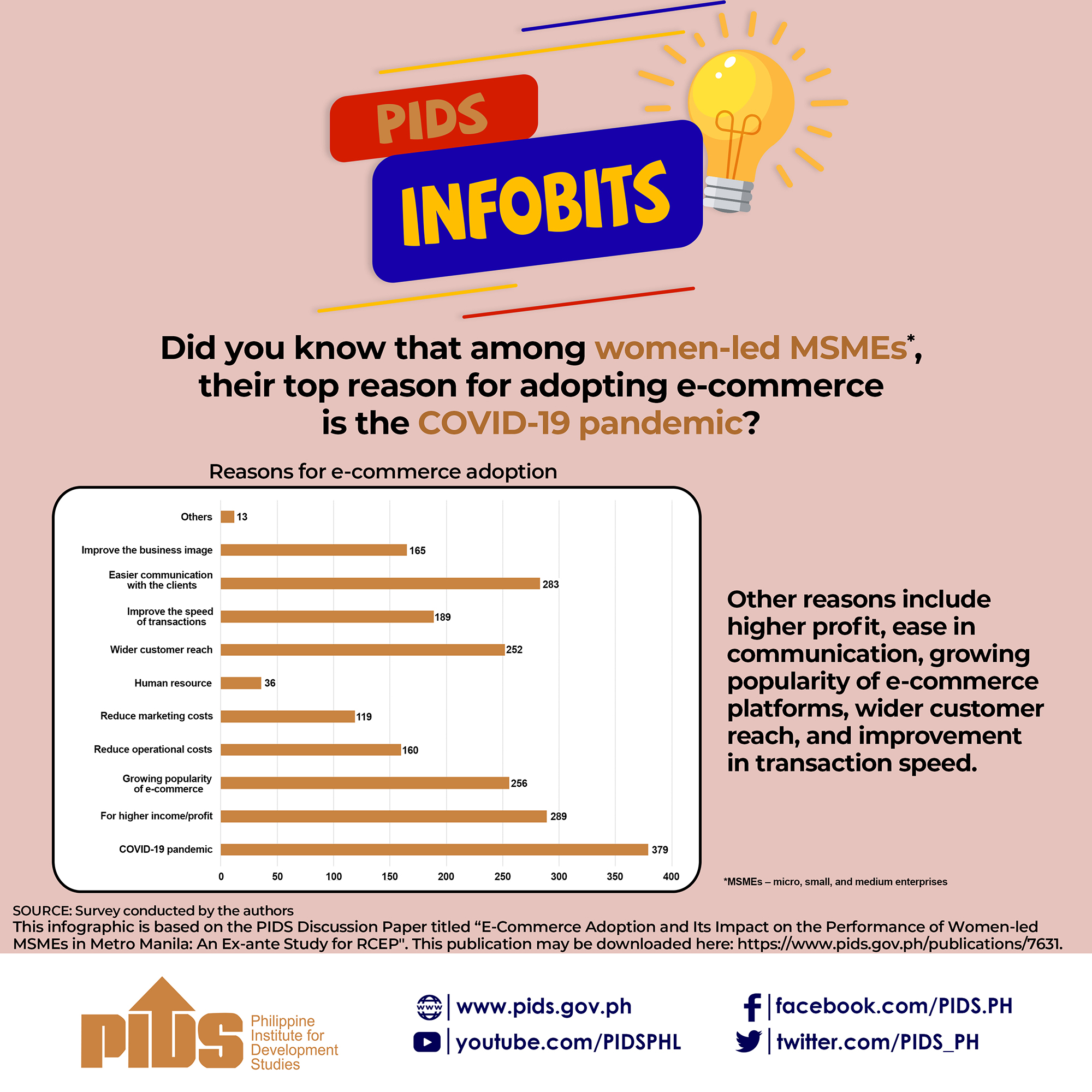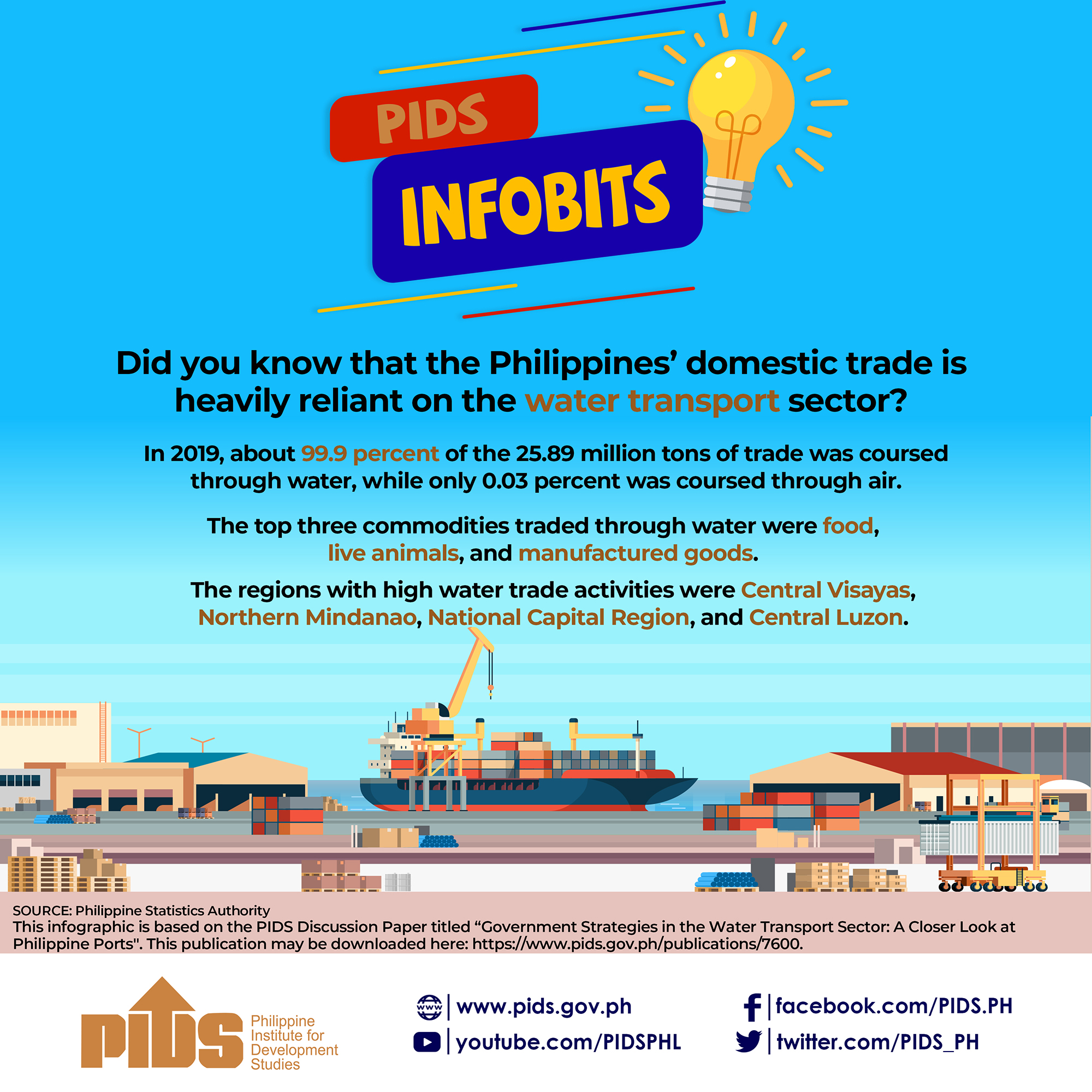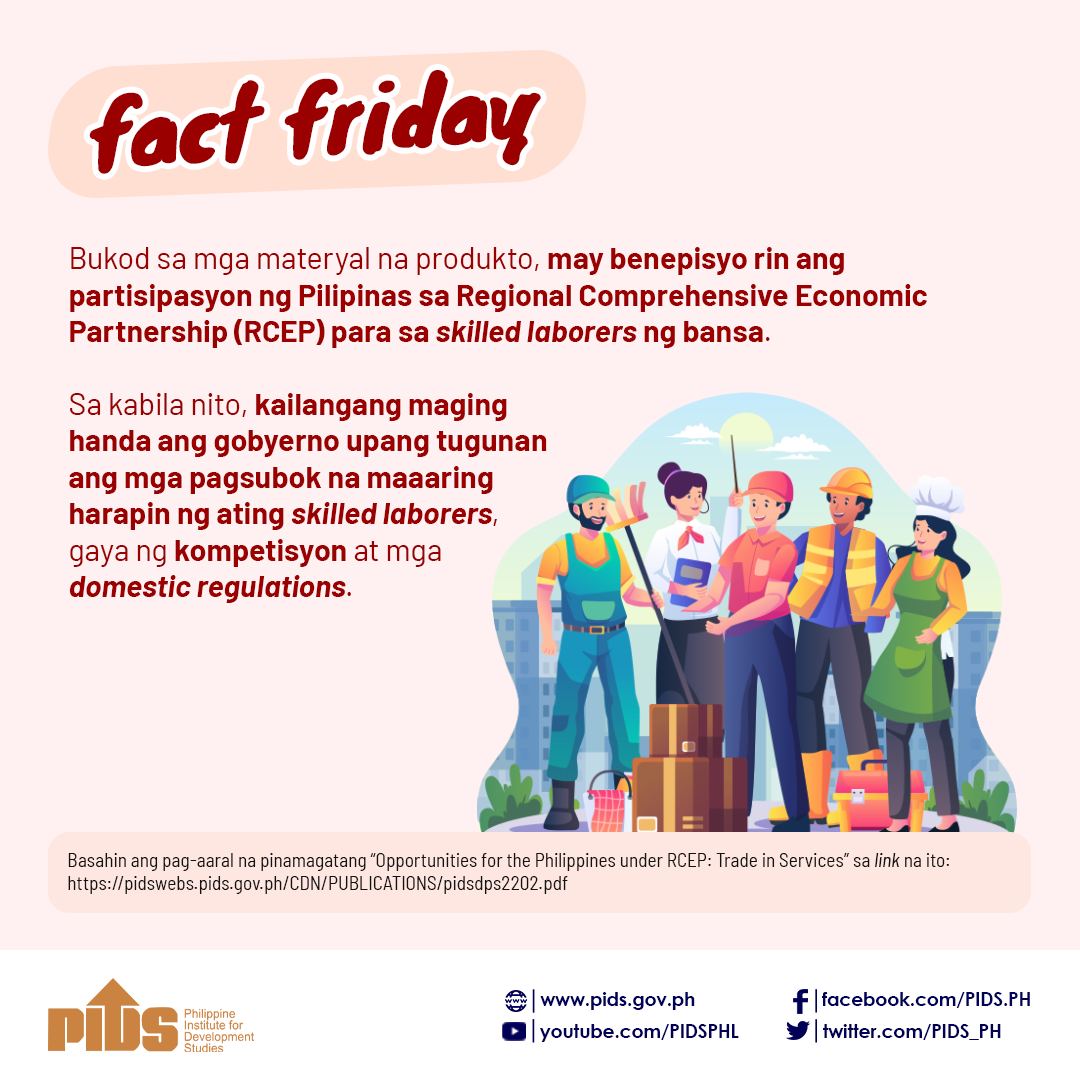The Philippines will have to do more to meet the Bogor Goals of the Asia-Pacific Economic Cooperation (Apec), as its average most-favored nation (MFN) tariff rates remain high, according to a study released by the Philippine Institute for Development Studies (Pids).
In the study, titled “The Evolution of Apec and its Role in the Philippine Trade and Investment,” Pids Research Fellow Francis Mark A. Quimba and Research Associate Mark Anthony A. Barral also said removing foreign ownership restrictions could help Manila deliver on its commitments to Apec.
Apec members agreed during a meeting in Bogor, Indonesia, in 1994 to achieve free and open trade and investment by further reducing barriers to trade and investment and by promoting the free flow of goods, services and capital. These targets became known as the “Bogor Goals.”
“Trade liberalization and facilitation in Apec could be unequivocally considered a successful undertaking that contributed to the reduction of trade costs and efficient movements of goods and services,” the authors said.
“However, despite what Apec has achieved, it remains insufficiently effective in many areas. In the Philippines alone, more efforts are required to significantly make progress in meeting its commitments in Bogor Goals,” the authors said.
In terms of MFN tariff rates, the average in the Philippines is 6.3 percent as of 2017, while the Apec average was at 5.3 percent. Data showed that MFN applied tariff for agriculture and nonagriculture products averaged 9.9 percent and 5.7 percent in the Philippines, respectively.
While the country’s MFN tariff rates for agriculture products were lower than the Apec average of 11.4 percent, the Philippine MFN tariff rates for nonagriculture products was higher than the Apec average of 4.4 percent.
The study also showed that the percentage of zero-tariff product lines and imports in the Philippines were significantly lower than the average in Apec. The percentage of zero-tariff product lines in the country reached only 3.4 percent in 2017 and zero-tariff imports, 37.7 percent in 2015.
In the region, the percentage of zero-tariff lines was at 47.9 percent, while zero-tariff imports were at 58.4 percent as of 2016 on average.
“In eliminating MNF tariffs, the Philippines does not seem to make a lot of progress. MFN applied tariffs have not changed since 2008. MFN tariff rates in the country are even higher than the Apec average,” the authors said.
“The perceptions on the Philippines’s investments environment, as reflected by the prevalence of foreign ownership and business rules that have impacts on investment flows, are much lower than the average levels of perception in Apec economies and has been declining,” they added.
Manila’s initiatives
However, the Pids study indicated the country is already working toward improving the business climate in the Philippines through the implementation of the Investment Priorities Plan 2017-2019, which intends to encourage more investments, especially in manufacturing and micro, small and medium enterprises.
The framework utilizes inclusive business models in agriculture and tourism, innovation-driven activities, health and environmental protection, and dispersion of investment opportunities in the countryside.
The government also released the 11th Foreign Investment Negative List (FINL) to ease the restrictions on foreign participation in areas such as retail trade enterprises, domestic market enterprises and public-works construction.
Through Executive Order 65, 100-percent foreign participation is now allowed in activities and investments related to Internet businesses; teaching at higher education; training centers engaged in short-term high-level skills development not part of the formal education system; adjustment companies, lending companies, financing companies, and investment houses; and wellness centers.
“In consideration of these issues, it is important for the Philippines to utilize trade agreements and trade facilitation, upgrade domestic facilities to meet global standards, and align domestic regulations,” the authors said.
The authors said trade agreements and facilitation initiatives in Apec may help stimulate and improve the competitiveness of domestic producers and sectors in the country. These initiatives will pave the way for the introduction of e-commerce best practices, paperless trading and customs-business partnership, among others.
The authors noted that trade agreements may help firms access cheap inputs and advanced technologies, as well as foster competition, which could lead to higher productivity and growth.
Developing economies committed to achieve free and open trade and investment by 2020. Apec conducts a biennial review of the progress of member-economies. The final assessment will be done next year.




